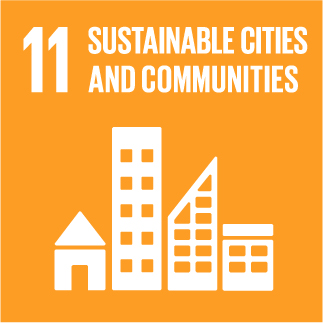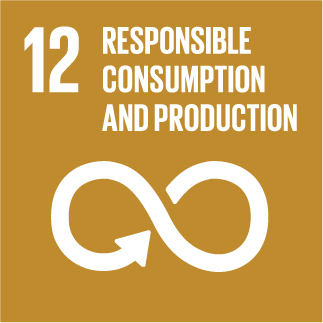Integrated manufacturing of REciclable multi-material COmposites for the TRANSport sector
Photoelectrochemical Glycerol Valorization Achieving an Internal Quantum Efficiency Over 180% via Current Doubling
A photoelectrochemical system utilizing a (001)?oriented, Mo, N co?doped BiVO4 nanoporous photoanode combined with the NaClO4 electrolyte enables pronounced current doubling effect during glycerol oxidation reaction, leading to an internal quantum efficiency approaching twice the conventional theoretical limit. Meanwhile, the C?C bond cleavage reaction pathway is significantly enhanced, yielding abundant value?added products including glycolaldehyde and formaldehyde.Traditional photoelectrochemical (PEC) systems struggle to simultaneously achieve high efficiency, high stability, and low cost. Replacing water oxidation with oxidation of organic molecules emerges as an attractive strategy to enhance the hydrogen production efficiency of PEC systems while generating value?added anodic products. Here, a PEC system utilizing a Mo, N co?doped BiVO4 photoanode and NaClO4 electrolyte for the glycerol oxidation reaction to approaching the theoretical limit of current doubling that enables a two?electron reaction to be driven by a single photon, is reported. While nitrogen doping optimizes the bulk charge separation/transport performance of Mo?doped BiVO4 photoanodes, NaClO4 as the supporting electrolyte further enhances the reaction kinetics and surface charge extraction efficiency. The optimized system reaches a record photocurrent density of 9.73 mA cm?2 at 1.23 V versus RHE and a maximum internal quantum efficiency of 182%. It predominantly produces C?C cleavage products, including glycolaldehyde and formaldehyde, and can maintain stable performance for over 500 h. DFT calculations reveal that glycerol can undergo adjacent hydroxyl bidentate chelation adsorption on the BiVO4 surface. This system is applicable for the current doubling reaction of various polyhydroxy alcohols, providing a potential pathway for efficient valorization of platform molecules and effective recycling of waste plastics.

» Publication Date: 05/11/2025

This project has received funding from the European Union's Horizon 2020 research and innovation programme under grant agreement Nº 768737


